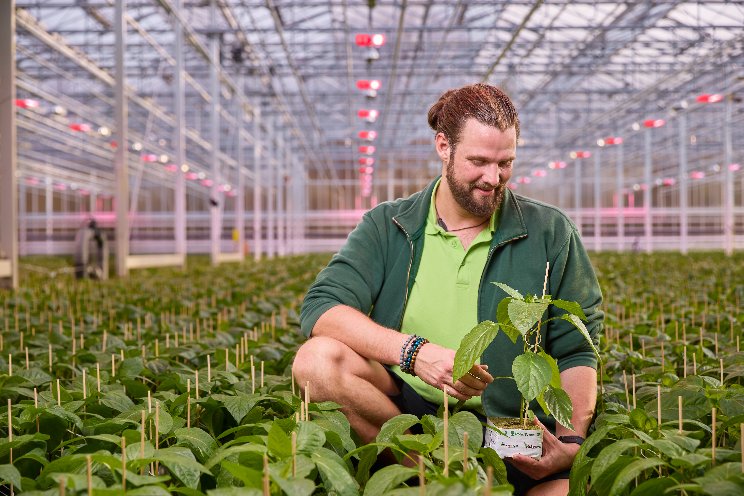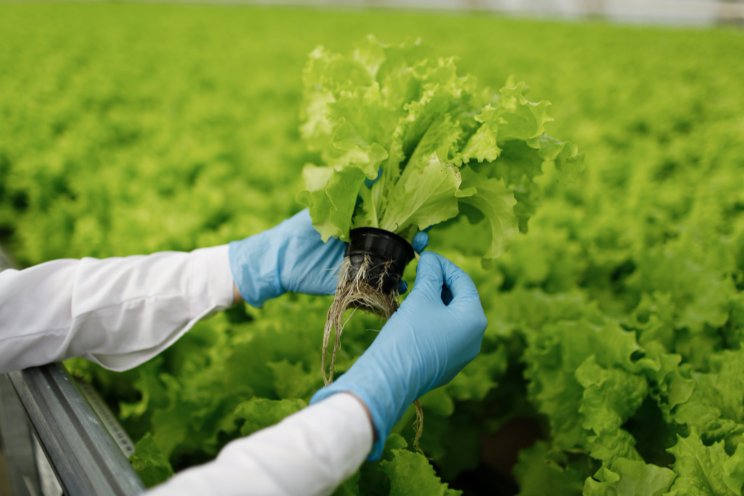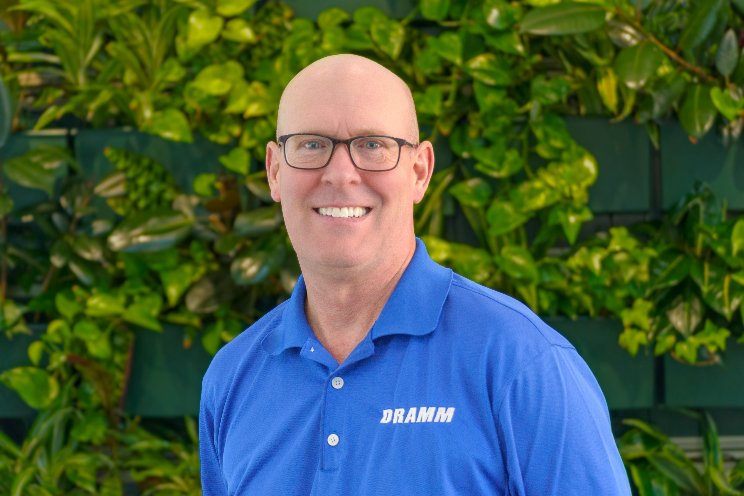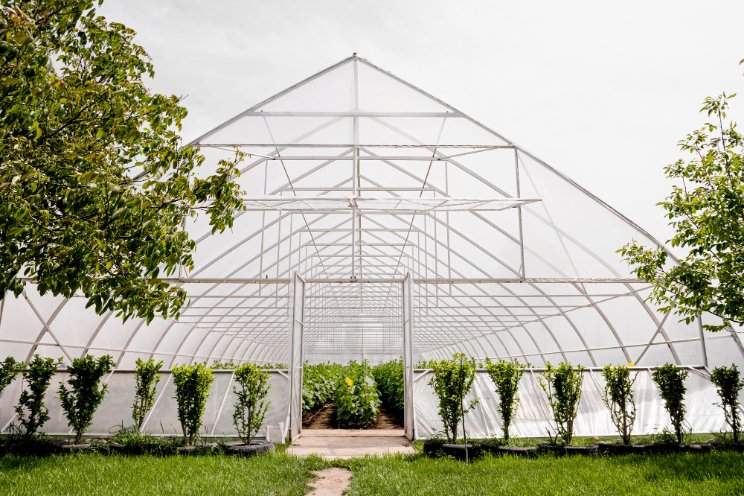Controlling basil downy mildew in the field in 2023
Added on 13 July 2023
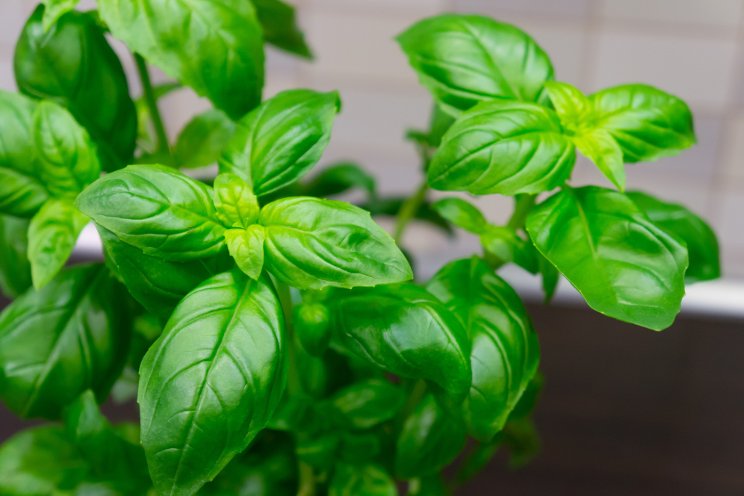
The pathogen, Peronospora belbahrii, is an obligate parasite, meaning it needs a living host in order to survive. Thus, in more northern regions of the country that experience a freeze (i.e., winter), the pathogen will die when the host freezes during the fall. Because of this, the pathogen must be re-introduced the following spring or summer from southern regions of the country. This is similar to cucurbit downy mildew, where the pathogen can survive on the host that is growing in the field during the winter months (e.g., southern Florida or Mexico). The exact timing of when basil downy mildew may show up in your geographic region depends on a number of factors. The more southern you are located in the continental US, the more likely the pathogen will show up earlier in the spring or summer. In New Jersey the pathogen has been reported as early as 12 June and as late as 2 August. The first step in mitigating losses to basil downy mildew is in your selection of the best varieties. In recent years, there have been a number of new commercial sweet basil varieties released with a high level of resistance to basil downy mildew. Sweet basil varieties without BDM resistance should always be grown prior to the expected arrival of the pathogen in your region. There is a BDM monitoring website, led by Cornell University, which tracks the movement of the pathogen across the country each year. Growers can use the website to see where BDM has been reported across the country. Once BDM has been detected in your area you can expect it to remain active until the end of the production season. BDM resistant sweet basil varieties should always be grown after BDM has been detected in your region to help mitigate losses due to the disease. If you are located in the southern US, the easiest approach would be to use BDM resistant sweet basils the entire production season. All basil growers must remember that any of the new BDM resistant sweet basils are not ″immune″ to the disease. If disease pressure becomes extremely high or environmental conditions become highly conducive for disease development over a long period of time BDM resistance will break down for that season. Thus, it is extremely important to still initiate a fungicide program when using any DMR resistant sweet basil, especially if disease pressure is expected to be high.
Image by wirestock on Freepik
More news
